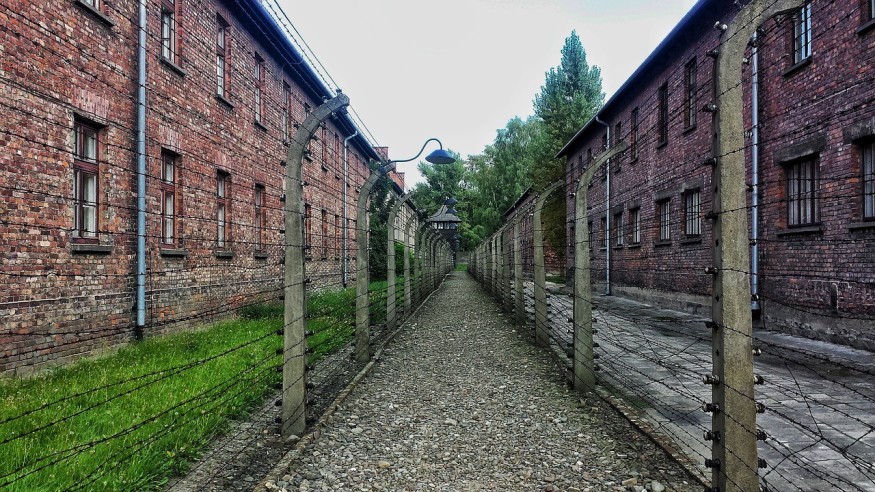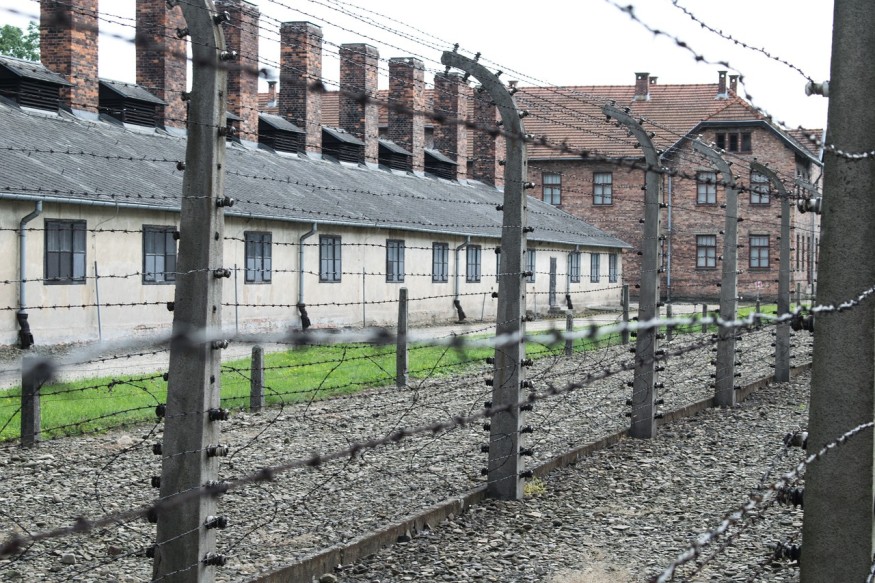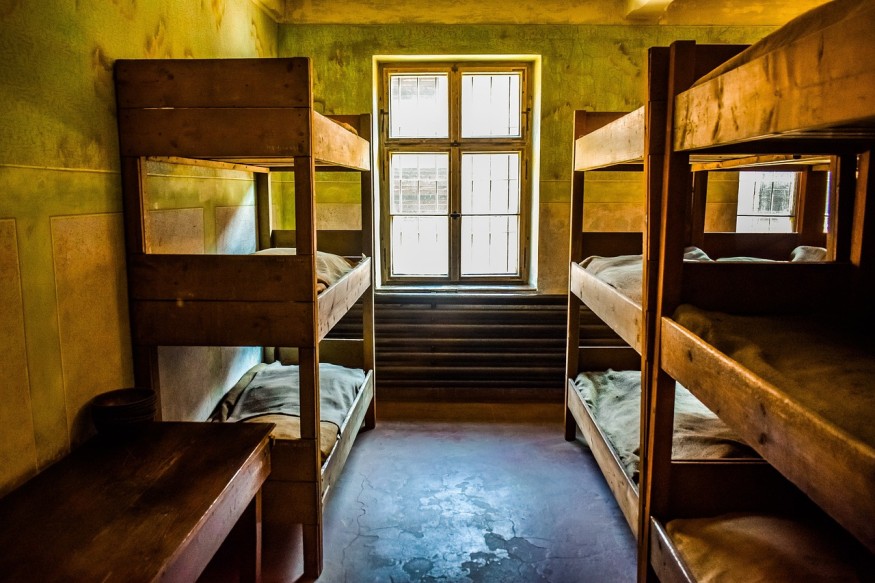When you visit the Auschwitz Concentration Camp, it becomes clear that this place holds a deep and complex history. Located in Poland, Auschwitz has become a symbol of the horrors of the Holocaust. As you walk through the camp, you can see the remnants of a dark and educational past. The camp, consisting of barracks, gas chambers, and other facilities, tells a story of tragedy and human resilience.
You might find that every corner of Auschwitz speaks to its history. From the personal belongings of those who suffered there to the photographs and displays, the camp offers a stark reminder of what occurred during World War II. The physical remnants are not just silent witnesses but powerful educators. They allow visitors to grasp the reality of the events that unfolded in these spaces.

Exploring the Grounds of Auschwitz Concentration Camp
As you walk through the grounds of Auschwitz Concentration Camp, the stark reality of its history becomes tangible. This will take you through the barracks, labor sites, and memorials, each telling a silent yet powerful story of the past.
Barracks and Living Conditions
Walking through the barracks at Auschwitz Concentration Camp, the harsh realities of history are immediately apparent. Once filled with prisoners, these structures silently narrate a story of extreme hardship.
Rows of wooden bunks, stark and bare, show the cramped living conditions so many face. Personal items - shoes, glasses, suitcases- are scattered around - each a poignant reminder of the countless lives disrupted and destroyed in this place.
Work and Punishment Facilities
As you continue, the remnants of work and punishment areas come into view. The ruins of factories where forced labor occurred paint a stark picture of the daily struggles. These sites were not just workplaces but also symbols of the severe cruelty and oppression prevalent in the camp.
Nearby, the small and cramped punishment cells stand as a powerful testament to the immense suffering endured by the inmates. These cells powerfully convey the brutal reality of life in Auschwitz.

Memorials and Exhibits
Throughout the camp, memorials and exhibits connect us to its history. The memorials, placed with care, invite visitors to reflect on the tragic loss of life and the enduring strength of the human spirit.
Exhibits displaying personal belongings and historical documents directly link to the events that unfolded here. These artifacts are more than historical items; they are poignant reminders of the camp's tragic history, each with its own story.
Tips on Visiting the Camp
Visiting Auschwitz Concentration Camp is a significant and sobering experience. Here are some straightforward tips to help you prepare for your trip and ensure it is respectful and informative.
Before Your Visit:
Learn About the History: It's helpful to read up on Auschwitz before you go. Knowing the background will make your visit more meaningful.
Plan How to Get There: Auschwitz is near Krakow, Poland. You can travel by bus, train, or through a guided tour. Check the schedules in advance and book your tickets early.

During Your Visit:
Wear Comfortable and Respectful Clothing: You'll be walking a lot, so comfortable footwear is necessary. Dress for the weather and remember, you're visiting a memorial site.
Consider a Guided Tour: A guide can provide valuable insights and answer your questions, enhancing your understanding of the site.
Show Respect: Remember that Auschwitz is a site of immense historical significance. Keep your behavior and conversations respectful.
Photography Rules: You can take photos in most areas, but flash is not allowed. Pay attention to signs that might restrict photography in certain areas.

After Your Visit:
Take Time to Reflect: The experience can be overwhelming. Give yourself time to think about what you've seen and learned.
Talk About Your Experience: Sharing what you've learned is important, but be mindful of how you discuss your visit.
This article is copyrighted by Travelers Today, the travel news leader




